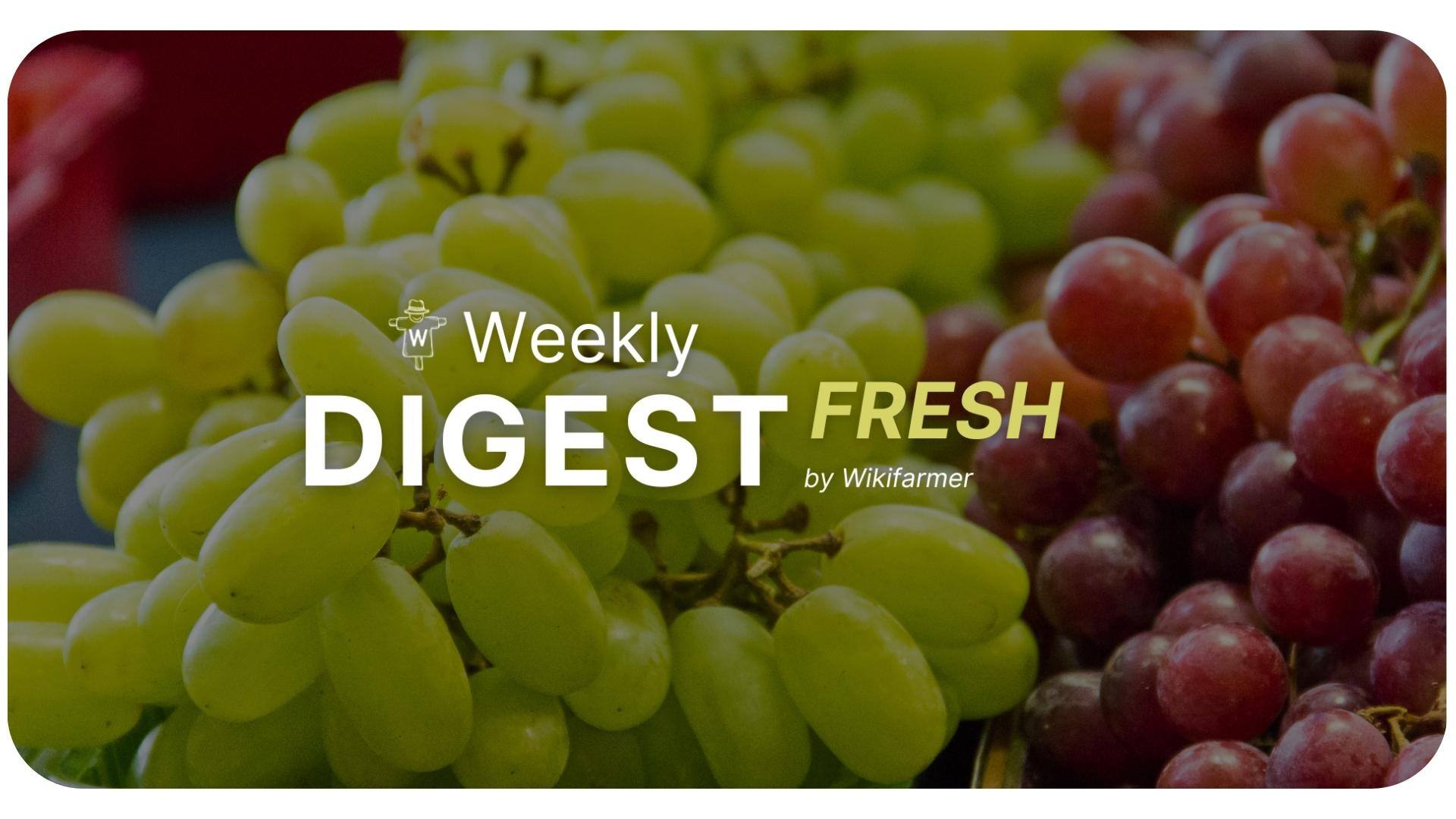Olive Oil Monthly Report: September 2024

European Olive Oil Market Report - August 2024
Main Market Figures - Spain
After a break for the summer holidays, we are back with our monthly focus on oils. As we move towards the start of the new olive oil crop, AICA’s latest publication has some insightful information about the olive oil market in August. However, the market rested during August with limited transactions, and producers and packers were getting ready for the new season.
Weather Conditions
Spain experienced typical summer weather with no significant rainfall, as expected. Reservoir levels have begun to decline, which is normal during the summer months, but highlights the importance of winter rains for summer irrigation. The forecasts for September show little chance of substantial rainfall, raising concerns about the upcoming crop. However, temperatures are expected to remain mild, which should not create unfavorable conditions for the final stages of the olive harvest.
The current state of water reservoirs in Spain is showcased in detail in the following graph:

Outputs
In August, the total output of olive oil, encompassing both national commercial activity in Spain and exports, remained robust, at 70,572 tons. However, this figure represents a 5% decline from the previous month. The average monthly consumption for 2024 has reached 71,144 tons. To ensure a viable carryover for the next season, this limit must be adhered to 45,500 tons, which is far away from average consumption figures last months. According to AICA's publication, a minimum carryover of 180,000 tons is necessary, but current real market stocks are projected to fall to 91,000 tons, with the beginning of the next crop just a month away.
-jpg.jpeg?width=800&height=600&name=Graphics%20(800%20x%20600%20px)-jpg.jpeg)
Our View
The current market situation for olive oil is notably tight, with stock levels dropping below 300,000 tons, a record low for this time of year. This scarcity has led to a stable market offer, urging buyers to remain composed and avoid hasty stock clearing. The limited availability is contributing to this stability despite the low quantity.
However, the quality of the available olive oil is insufficient, and finding a satisfactory panel test for EVOO is nearly impossible at this point in the season. Consequently, small lots of high-quality extra virgin olive oil are commanding premium prices, exceeding 8.5 EUR/kg. In contrast, the regular EVOO, which often falls short of ideal organoleptic profiles and resembles the Virgin category, is priced between 7.10 and 7.20 EUR/kg.
Looking ahead, market attention is turning to the forthcoming crop. Spain is forecasting a production between 1.25 and 1.4 million tons, while other producing countries are presenting varied projections. This uncertainty about future yields is adding to the current market's volatility.
As a result of the current conditions, packers are adopting a cautious approach, purchasing only the amount necessary for their immediate needs. They are deferring their procurement programs until 2025, anticipating that the situation will become clearer with the advancement of the next crop.

Main Developments in Greece
Following the summer break, the olive oil market has seen a resurgence in activity as the new harvesting season approaches. A key concern for the upcoming Greek crop is the amount of rainfall in the production areas. The prolonged period of extreme heat and drought—lasting over four months—has put significant stress on olive trees, which require substantial water to be fully prepared for harvest. Should these conditions persist, the harvesting period in some regions may be delayed.
While the exact forecast for Greece’s olive oil crop remains uncertain due to its dependence on weather conditions, market experts project a significant increase in yield compared to last year. Estimates suggest that the new crop could be 30-50% larger. Meanwhile, despite Spain’s recent decision to remove VAT from olive oil, which was aimed at alleviating high shelf prices, the Greek government has opted not to reduce VAT on olive oil, despite pressure from consumers and industry stakeholders.%20(1)-jpg.jpeg?width=752&height=594&name=Graphics%20(800%20x%20600%20px)%20(1)-jpg.jpeg)
Main developments in Italy
Italy is facing a significant challenge with the upcoming olive harvest, with estimated yields expected to be even lower than last year. Regions such as Calabria and Sicily have been severely affected by a prolonged heatwave and lack of rainfall, resulting in limited olive oil production. Puglia is also reporting reduced output. The harvest is expected to commence slowly at the beginning of October, with total production forecasted at around 200,000 tons. Currently, prices for Extra Virgin Olive Oil in Italy remain higher than those of the other two main Mediterranean producers, ranging between €8.80 and €9.30 per kilogram.
.png?width=450&height=87&name=New%20Logo%20(1).png)

